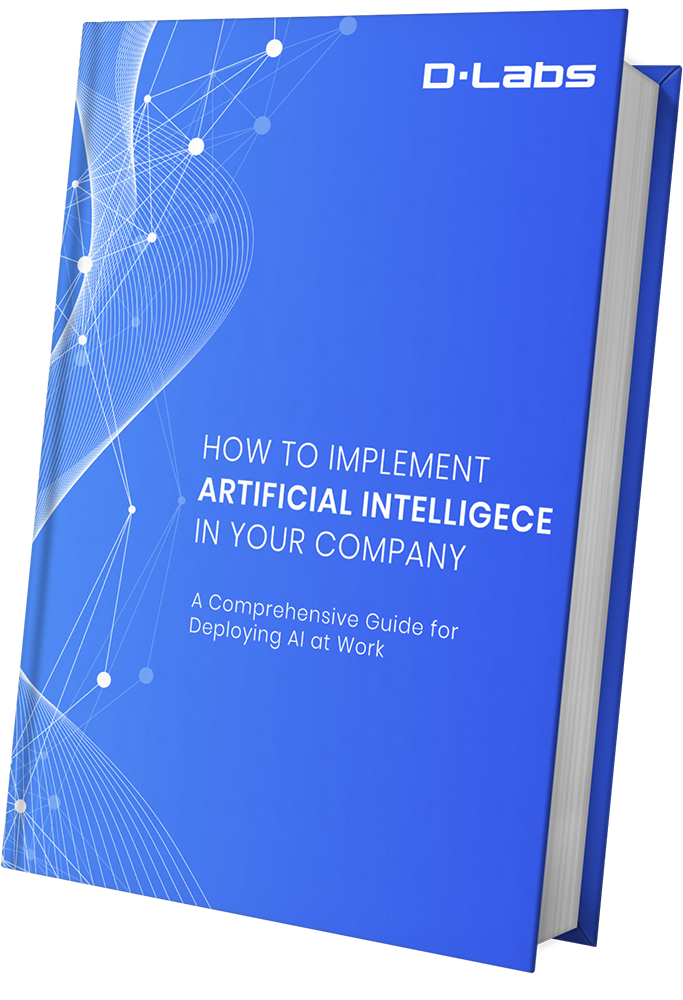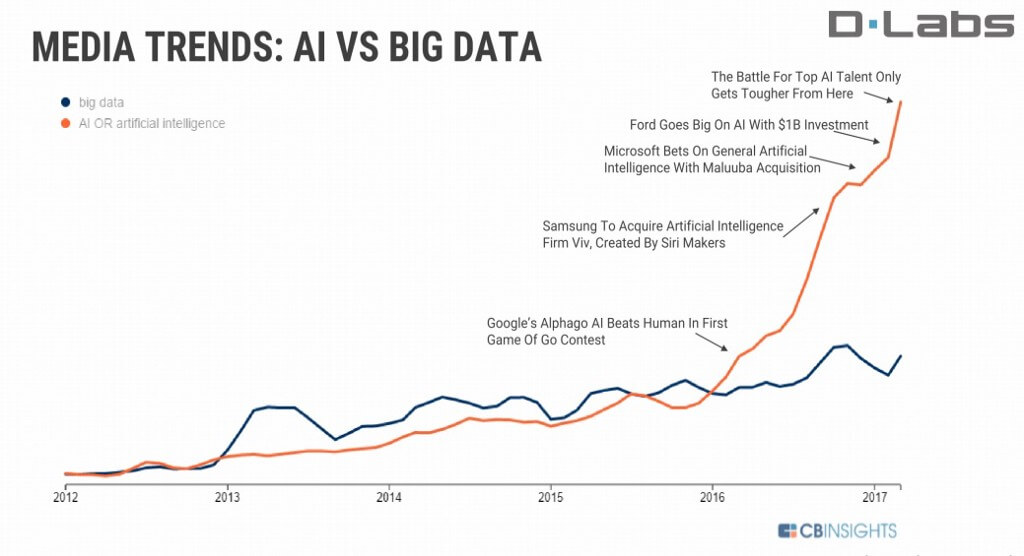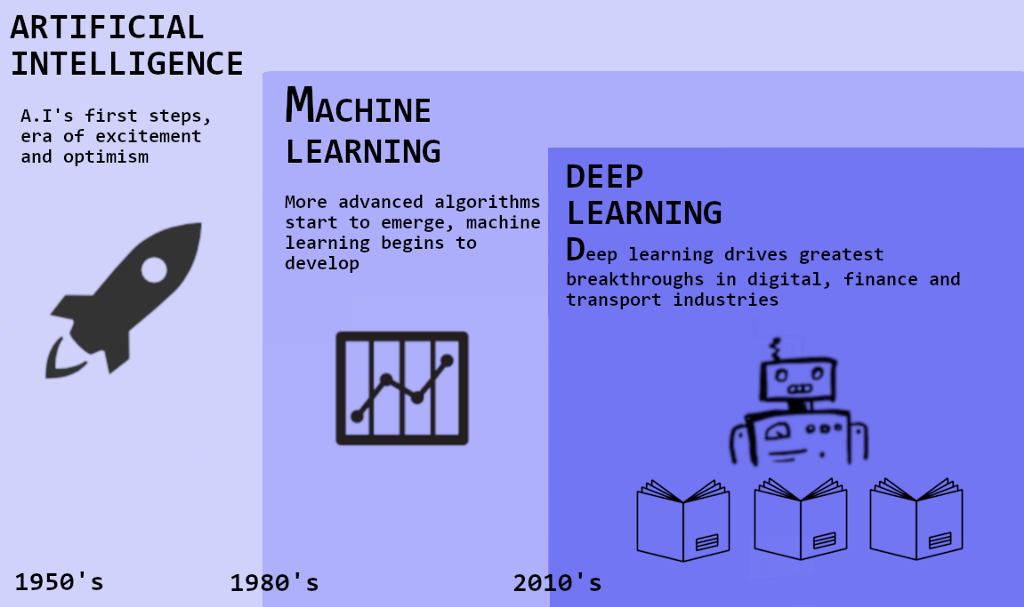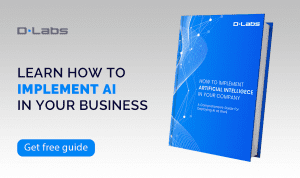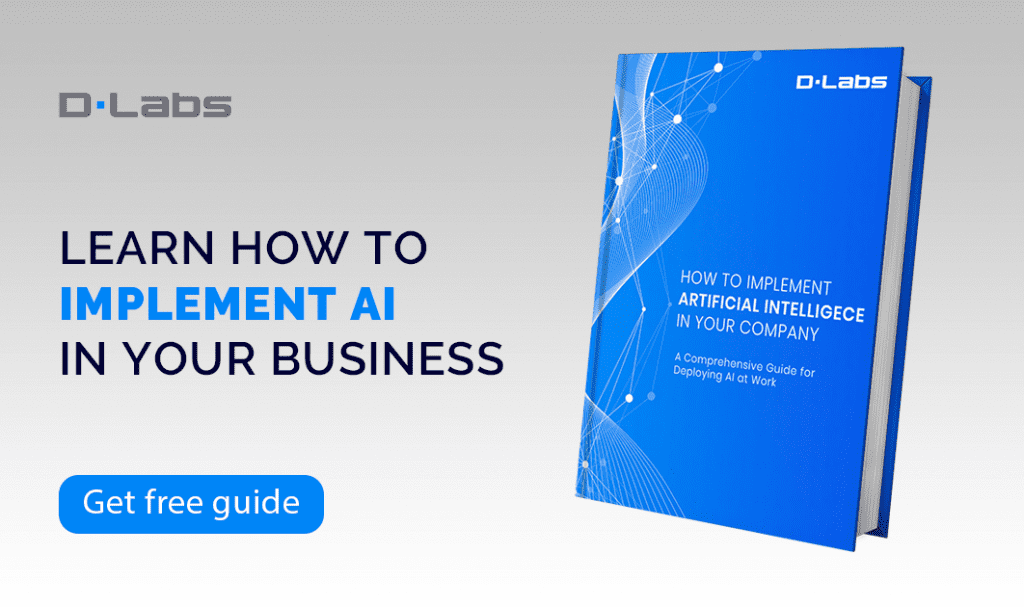Accounting and tax issues can slowly amass and drain your business dry, that’s fact. But artificial intelligence addresses the accounting needs of any company — no matter if you’re running a shared service center or a local bank down the road. Advanced algorithms will not only help you reduce costs and time, but also improve ROI, increase productivity and even support your decisions with information which was never available before.
If you don’t believe it, see how big data companies and small businesses all over the world are implementing AI solutions to streamline their operations.
- It is estimated that platforms based on AI will be worth $1.2 trillion as a whole by 2020 and investments in machine learning technologies will triple.
- According to a survey made by PwC, 30% of respondents claim that AI will be the biggest innovation in the accounting industry within the next five years.
It means that’s its not a matter of “Why should I implement AI solutions,” but rather “How fast can I do it.”
And this article will help you understand why data analytics companies, such as DLabs.AI, could be the solution to all your accounting problems… many of which you may not be aware of.
How to optimize your business using artificial intelligence
You’re here because you’ve already heard about AI, but you’re not sure if it works… or how it works.
In short, artificial intelligence relies on software to gather and classify information which can be used to learn and increase the accuracy of the expected outcomes. It’s a way of teaching machines and computers to perform certain complex tasks that humans have no way of accomplishing.
AI is winning the war against big data companies
“Big data” analytics refers to the process of collecting and analyzing large volumes of data sets. But unlike AI, its dependency on human perception makes it less efficient and much more prone to errors.
Artificial intelligence can handle an amazing variety of tasks if you give it a wide enough variety of examples to draw from.
And that is something our team at DLabs has learned to perform.
AI development can help tax firms become more innovative and successful in their field of business. Our customized, modular software is able to address most of your accounting needs based on big data science.
Here are 3 ways of how AI is reinventing the world of tax functions.
1. Optical Character Recognition (OCR)
It’s an electronic conversion of images from handwritten or printed texts into machine-encoded files. Image recognition systems extract information from documents, photos, printed paper data records, passports, invoices, bank statements, business cards, computerized receipts, printouts of static data and even subtitle texts superimposed on an image (for example, computer-generated videos or TV broadcasts).
Did you know?
DLabs has managed to achieve a 94% error-free rate with its OCR systems?
Benefits of OCR software:
- Accessibility — When OCR scans a document and safely places it in a database, it’s available to anyone that has access to that database. This can be particularly useful for banks which can easily access a customer’s past account or tax history.
- Editability — Once you digitize a document using OCR, you can make amends to an old term paper, or revise an old will without having to retype the whole document again. This is done using a built-in word processor that comes along with the software.
- Searchability — Scanned files can be converted into popular machine-readable formats, such as txt, doc, pdf, etc. After you upload them to a database, they become internally searchable for anyone with access, cutting the time that would be needed to search for their physical forms.
- Safety — Not only does OCR makes digital backups easy and cheap — instead of wasting your resources and maintaining costly, duplicated paper forms — but it can also help you store them in a safe place. And safety is not something to be taken for granted.
Did you know?
On average, companies lose about 5% of revenue per year due to fraud.
AI in banking
The banking industry is one of the most prominent consumers of OCR software. The system can be used to handle check signatures: a handwritten check is scanned, converted into digital text and then the signature is verified and cleared — all of this in real time and without any human involvement.
Taxation systems are another example of efficient OCR usage. Here at DLabs, we managed to create a system that extracts data from a tax card with a 93% accuracy and then inserts it into appropriate fields on the form. This makes the whole process of settling tax returns extremely fast and intuitive.
See also: 3 AI-based Solutions Every Commercial Bank Needs
AI in legal industry
Few industries rely on the amount of documentation and paperwork as much as the legal industry. Top artificial intelligence companies and their OCR technology can help with digitizing thousands of affidavits, wills, statements, and other documents. Fast access to information from past cases could definitely improve the performance of a government institution, or a private business.
The software can also be extended to languages that don’t rely on Roman script. This means that a document in one language can be scanned, digitized and translated into any other language, without the need for human translators. This heavily reduces the turnaround time for business.
2. Automation of routine decisions and data classification
One of AI’s basic, yet useful, applications revolves around process automation. Try to imagine all those time-consuming actions that fill a professional’s workday — wouldn’t it be better to cut them in half and focus on more challenging goals?
This is where artificial intelligence development comes in.
DLabs.AI has managed to design analytical layer aggregating algorithms. Companies can use those to automate the processing of AI accounting transactions, such as travel claims, payroll processing, or labor reporting. The software can severely speed up big data transaction processing, identify bottlenecks, and enforce internal controls when needed.
- Forbes expects that by 2020 all accounting tasks, taxes, payroll, audits, and banking will be fully automated using AI-based technologies. This will “disrupt the accounting industry in a way it never was for the last 500 years.”What are the most obvious benefits of automation and data classification in accounting?
- Accounts processing — AI-powered invoice automation management systems are able to streamline invoice processing due to digital workflows that are implemented within the algorithms. They recognize accounting codes appropriate for each invoice and implement them on the spot.
- Monthly/quarterly closing process — The faster you can get precise numbers, the more time the company has to think about what to do with those numbers. Algorithms can gather information from numerous sources, consolidate and reconcile them.
- Managing tax and expense calculations — Best AI companies on the market are able to design algorithms that categorize sales into proper jurisdiction for managing tax calculations and tax automation. Their software could also help you with employee expense reports and suggest which actions should be taken based on the type and amount of each expense.
Did you know?
DLabs.AI can cut up to 93% of document processing time by implementing its classification software.
- Machine learning algorithms
Artificial intelligence vs machine learning vs deep learning
Machine learning, a field of AI, is based on the ability of the computer to recognize, apply patterns and derive algorithms based on those patterns. Machine learning companies develop software that is able to identify relationships and associations between variables to apply them in similar circumstances. The algorithms can anticipate the implications of particular sets of information and provide some analysis or interpretation. We shouldn’t have to tell you about the potential implications this could have on the world of accounting and taxes.
Deep learning takes the concept of adaptive AI behavior a step further, providing software solutions when there is unstructured data available. It deals with such concepts as deep neural networks, machine translation, bioinformatics and many more. Check the infographic below and see the timeline of AI development throughout the years.
To help you understand the scale of its impact, here’s a statistic for you:
- Investments in financial machine learning AI in the US tripled between 2013 and 2014 to a total of $12.2 billion (Nathaniel Popper, “Stocks and Bots,” New York Times Magazine)
Impressive, isn’t it?
Read about some of the most effective uses of machine learning in AI accounting:
- Improved forecasting — Top AI companies are able to develop machine learning algorithms that make business forecasting more accurate, trading simplistic modeling techniques (like basic regressions and linear interpolations) in favor of actions that are able to detect trends on an annual or monthly basis. These trends can be drawn from corporate data, or even by looking at the company’s seasonal dynamics.
- Client behavior prediction — modern machine learning companies (including DLabs.AI) can mine customer social data and identify those consumers who are at high risk of churning. In the world of data-driven marketing, AI algorithms will help you customize your offers based on particular usage patterns before your clients leave and contact your competition.
- Advances scenario analysis and audits — Imagine if you could calculate the probability of being audited based on the potential sales and expenses in the upcoming year. And what if we told you, it’s completely possible? Machine learning experts and their algorithms can analyze internal tax data and compare it to the available information about the broader economy. AI can even go as far as analyzing what would happen to your business’s tax risk as a result of an outcome of a local or national election.
- Adaptive learning in accounting — At the highest level of machine learning functions, the algorithms will be able to aid with you with complex functions with little structured data available. Deep learning algorithms can guard your finances and keep constant watch over the company sales data, observing and predicting whether your business is at risk of potential fraud. When performed by a human, this kind of analysis often comes down to intuition and experience. But an algorithm can build its own statistical model and look for patterns that may be missed by your human employee.
AI application process used by DLabs.AI
A single piece of software won’t be able to optimize your business and restructure your accounting databases by itself. Every case is unique and requires an individual approach to specific problems. Things can go wrong, optimizations might be required… and it means you’ll need a team of experts to help you with any difficulty.
This is why DLabs.AI developed customized, modular software based on strong AI that addresses clients’ needs.
We’d like to present our own, personal approach to machine learning application in accounting and taxes. We picked a case study that will give you a clear insight into the potential problems and the applied AI solutions.
Tax card processing — a case study
THE TASK
Not so long ago, DLabs was invited to prepare a technological solution that would aid a company with submitting tax returns. The key element of the project was to build a functional system based on automatic readings of tax card scans. In order to achieve this, we had to design an OCR system supported by neural networks. During the design process, the network’s models have been trained on vast, learning databases of Kora’s library (based on TensorFlow).
Tensorflow is an open-source software library used for machine learning applications such as neural networks.
THE PROCESS
One of our client’s requirements was to shorten the processing time of a single tax return scan session. In order to achieve this goal, we used various optimizations, such as employing parallelizing processes. Nonetheless, during the system’s implementation, we encountered a problem.
We noticed that after some time of running the image recognition system, the processing time for each scan lengthened. Soon, we found the cause….
A memory leak.
It turned out, that with sending a new scan to the system, more and more threads were created simultaneously. They weren’t closed with each processing cycle and eventually started to occupy the system’s random-access memory.
THE PROBLEM
Our architecture wasn’t designed with scaling in mind. The system behaved like a hydra — each new scan caused an increase in occupied memory. Over time, blocking valuable resources caused a direct reduction in the system’s effectiveness. It meant that our tool would process a scan longer than a human could enter the data manually. We couldn’t allow the system to behave like that, so we had to solve the problem as soon as possible.
THE SOLUTION
The team came to the conclusion that Keras had no suitable tools that would be appropriate in our architecture at that time. This is why we decided to use a method based on Keras-rest-service — create a server containing a model of the network.
And we hit the nail on the head.
Our visual recognition implementation allowed launching many servers simultaneously and reduced the scan processing time. In short, the solution helped with reducing the processing time of tax cards to 13 seconds with 93% efficiency. Our visual recognition system fulfilled the goal that had been set before us.
CONCLUSIONS
The problem DLabs.AI faced turned out to be a valuable lesson for all of us. We found out that the key solution was to monitor all resources from the very start of the project. The team managed to solve the problem which helped us in building new, effective systems in the future.
Hopefully, the presented case study will help you understand the importance of a personalized approach to every new client that wants to incorporate AI into their system….
…and that DLabs.AI is ready to fulfill your accounting needs.
Artificial intelligence has already forced itself into the meticulous and complex world of taxation. Don’t stay behind and tell us about your problems.
3 A.I. solutions for tax and accounting that will help you keep your business alive was originally published in DLabs.AI on Medium, where people are continuing the conversation by highlighting and responding to this story.
